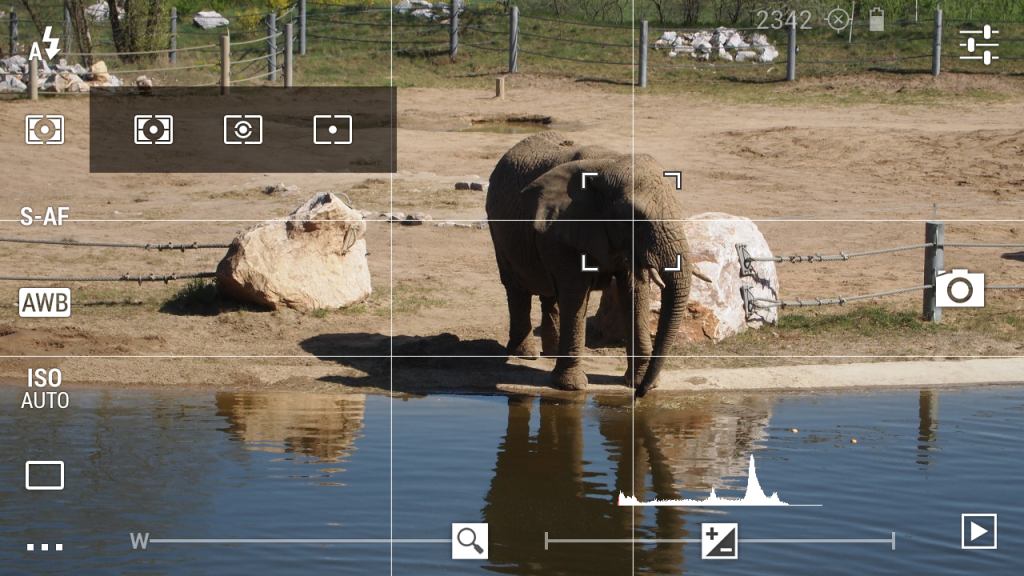This ten minute video tutorial goes over the basics in providing high quality photos with your DSLR camera.
Photography 101: Using Your DSLR Camera Part 1
A digital single-lens reflex camera, commonly referred to as a DSLR camera, is a digital camera that combines the optics and the mechanisms of a single lens reflex camera with a digital imaging sensor. For many individuals, attaining this camera is the first step in igniting their passion and their hobby.
Below, you will find eight helpful tips you need to get the ball rolling. Understanding these concepts will not just aid you in taking quality photos, but also develop you as a photographer.
1. Read Your Camera’s Manual
While many overly enthusiastic amateur photographers may overlook this step, reading your manual can sometimes be the definer of sparking your interest or destroying it. Yes, the manuals are not always engaging to read, but they do provide you a wide variety of information of how you can use and optimize your camera to its fullest. By internalizing the functionalities of your camera, you will be able to learn and grow as a photographer every click that you take. In addition, most manuals are not available electronically. If you ever need to reference how to use a DSLR camera, try looking it up online.
(Watch a video tutorial on the basic use of your DSLR camera here.)
2. Always have Your Camera Near
When beginning your journey as a photographer, try and play around with it as much as possible. That being said, try and keep your camera by you. Remember, it is more than just a simple click. Here, you are capturing a memory.
3. Practice Every Day
Similar to any new thing that you do, photography is a skill that needs time to develop. The best way you can do this is by taking every day. While this does not always require the use of your DSLR camera, you want to start thinking like a photographer. Understand the angles, positioning, and subject matter you want to control for your photos. Afterwards, try practicing it on your DSLR camera. Test out different features and functions and, most importantly, go beyond your comfort zone.
4. Play with your Settings
This all goes back to know your manual. Before you take any photo, get into the habit of checking your settings. Depending on the photo, a certain setting may need some adjustments. Take for example a portrait and a landscape photo. Clearly, both provide two completely different subject matters. But what you need to understand is the overall concept of the photo. With an incorrect setting, the photo could essentially lose its meaning, or worse, its depth!
5. Test out Different Angles and Perspectives
The world as we see it is from an eye level. But with advancements within technology and social media (such as the selfie), you should not be surprise by this. When you are out taking photos, start taking risk. Take various shots from your knees, on the ground, from various heights, or from close up. Set up different angles that manipulate the status quo to add that dramatic feature to your photos. And most importantly, know your photography rules such as the rule of thirds or lines of symmetry. Those rules and perspectives can be a game changer in how you take photos.
6. Know Your Meter
Make sure you know your camera’s metering modes and use them to your advantage. When you frame an image, see the light and then meter how you want your scene to be exposed. Knowing the meter will allow you to provide strong light photos or dark intense shots. At the end of the day, the ruling is subjective. Use the best setting that fits your message and your story.
7. Do Your Research
While the camera itself is smart, there is still much to learn about photography from your end. Remember, you are entering into a new field, a new hobby. Take a look at various tutorials online or purchase a book online or at a bookstore. If possible, I highly recommend David Busch’s Mastering Digital SLR Photography or Brian Black’s DSLR Photography for Beginners. Both provide various tips and hints of how you can utilize your camera to its fullest.
